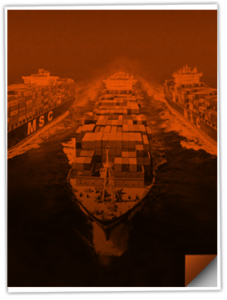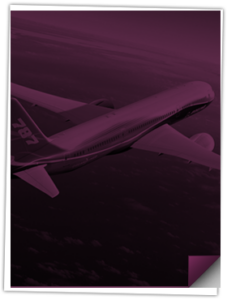Customs exams are inspections that occur when goods are imported into a country. These inspections are conducted by Customs and Border Protection (CBP) to ensure that all imported goods comply with the country’s regulations. Sounds simple enough, right? But there’s a bit more to it.
Types of Customs Exams
There are a few different types of customs exams you might encounter:
- VACIS/Non-Intrusive Exam: This is an X-ray exam. It’s like when you go to the airport and your bags go through an X-ray machine. The CBP uses a Vehicle and Cargo Inspection System (VACIS) to take a peek inside containers without having to open them up.
- Tailgate Exam: In this exam, the customs officer opens the container doors and looks inside. If everything seems okay, they close it up and send it on its way. Think of it as a quick visual check.
- Contraband Enforcement Team (CET)/Intensive Exam: This one is a bit more thorough. The container is taken to a Centralized Examination Station (CES) where it is unpacked, and the contents are examined closely. It takes longer and can be more costly.
You might be wondering why these exams happen in the first place. Well, there are several reasons:
- Security: To make sure no illegal goods are being smuggled into the country.
- Compliance: To ensure that all goods meet the necessary regulations and standards.
- Accuracy: To verify that the goods match the description and documentation provided.
Understanding these reasons can help you better prepare for and navigate the customs exam process.
Shipping Impacts
Customs exams can have a significant impact on shipping timelines and costs. Here’s how:
Delays
Exams can cause delays. If your shipment is selected for an exam, it could be held up for a few days, or even weeks, depending on the type of exam and any issues that arise.
Costs
Customs exams can also add unexpected costs. Depending on the exam, you may have to pay for the inspection itself, as well as any additional handling or storage fees.
How to Prepare for Customs Exams
Being prepared can make the customs exam process a lot smoother. Here are some tips:
- Proper Documentation: Make sure all your paperwork is in order. This includes invoices, packing lists, and any necessary permits or certificates.
- Accurate Descriptions: Clearly describe your goods and ensure that all information matches your documents.
- Compliance: Stay up-to-date with the regulations of the importing country to ensure compliance.
- Communication: Maintain clear communication with your customs broker and shipping partners to ensure everyone is on the same page.
What to Do If Your Shipment Is Selected
If your shipment is selected for a customs exam, don’t panic! Here’s what you can do:
Stay Informed
Keep in touch with your customs broker to get updates on the status of the exam. They can provide you with valuable insights and information.
Be Patient
Exams can take time, so patience is key. While it’s frustrating to deal with delays, understanding that these exams are part of the process can help you manage your expectations.
Review and Improve
Once the exam is complete, review the process to identify any areas for improvement. This could help you avoid future issues and streamline the process for your next shipment.



